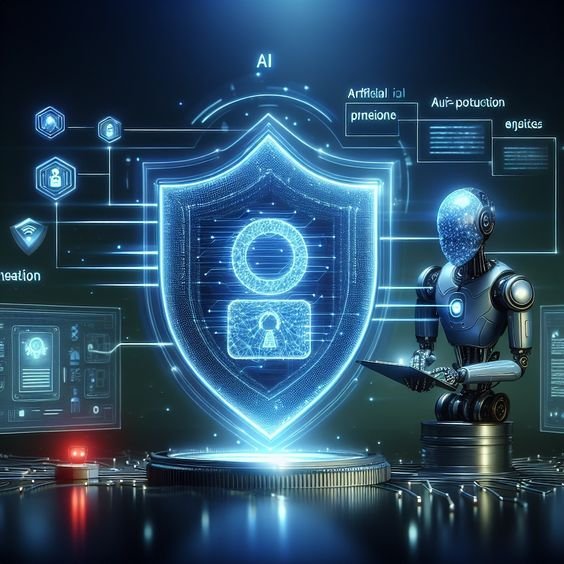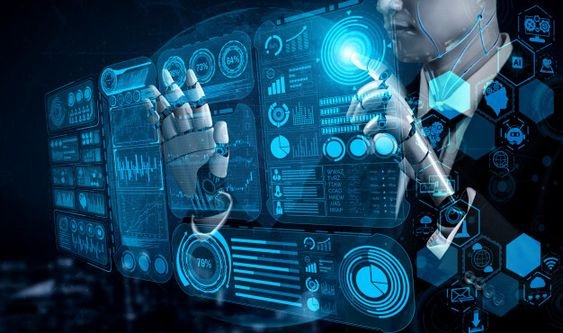
Critical infrastructure refers to the essential systems and assets that are vital to the security, economy, public health, and safety of a nation. This includes sectors such as energy, water, transportation, healthcare, telecommunications, and financial services. The disruption or destruction of these systems can have severe consequences, ranging from economic losses and public safety threats to national security concerns. In the digital age, the increasing reliance on information technology and interconnected systems has made cybersecurity a critical component of protecting these infrastructures. This article explores the importance of cybersecurity in critical infrastructure, the unique challenges it faces, and strategies for enhancing security.
Understanding Critical Infrastructure
Critical infrastructure encompasses a wide range of sectors, each with its unique systems and functions. Some key examples include:
– Energy: Power plants, electricity grids, oil and gas pipelines, and renewable energy facilities.
– Water: Water treatment plants, water distribution systems, and wastewater management.
– Transportation: Airports, railways, highways, seaports, and public transit systems.
– Healthcare: Hospitals, clinics, medical devices, and public health systems.
– Telecommunications: Internet service providers, cellular networks, and satellite communications.
– Financial Services: Banking systems, stock exchanges, payment processing networks, and financial institutions.
These sectors are interconnected and interdependent, meaning that a disruption in one area can have cascading effects on others. For example, a cyberattack on the power grid can affect transportation systems, healthcare facilities, and telecommunications networks.
The Growing Cybersecurity Threat
As critical infrastructure becomes more digitized and connected, the risk of cyberattacks has grown significantly. Cybersecurity threats to critical infrastructure can come from various sources, including:
1. Nation-State Actors: Governments and state-sponsored groups may target critical infrastructure to gather intelligence, disrupt operations, or cause economic harm. These actors often have significant resources and advanced capabilities.
2. Cybercriminals: Criminal organizations may launch cyberattacks to steal sensitive information, extort money, or disrupt services. Ransomware attacks, where attackers encrypt data and demand payment for its release, are a common tactic.
3. Insider Threats: Employees or contractors with access to critical systems can pose a significant risk if they misuse their privileges or act maliciously. Insider threats can be intentional or unintentional, such as an employee inadvertently clicking on a phishing link.
4. Hacktivists: Hacktivists are individuals or groups motivated by political or ideological beliefs. They may target critical infrastructure to promote their agenda or protest against specific issues.
5. Terrorist Organizations: Terrorist groups may seek to disrupt critical infrastructure to cause chaos, instill fear, or advance their goals. Cyberattacks can be part of a broader strategy that includes physical attacks.
Unique Challenges in Critical Infrastructure Cybersecurity
Protecting critical infrastructure from cyber threats presents unique challenges due to several factors:
1. Complex and Legacy Systems: Critical infrastructure often relies on complex systems that may include outdated or legacy technologies. These systems can be challenging to secure due to a lack of updates, patches, and compatibility issues.
2. Interconnectedness: The interconnected nature of critical infrastructure means that a vulnerability in one system can affect others. This complexity makes it difficult to assess and manage risks.
3. Diverse Stakeholders: Critical infrastructure is owned and operated by a mix of public and private entities. Coordinating cybersecurity efforts across different organizations and sectors can be challenging.
4. Limited Resources: Many organizations, especially smaller ones, may lack the resources or expertise to implement robust cybersecurity measures. This can lead to gaps in security and increased vulnerability.
5. Regulatory and Compliance Requirements: Critical infrastructure is subject to various regulations and compliance requirements. Navigating these requirements and ensuring compliance can be complex and time-consuming.
The Consequences of Cyberattacks on Critical Infrastructure
The consequences of cyberattacks on critical infrastructure can be severe and far-reaching. Some potential impacts include:
1. Service Disruptions: Cyberattacks can disrupt essential services, such as electricity, water, and transportation. This can lead to widespread inconvenience, economic losses, and even threats to public safety.
2. Financial Losses: The costs of cyberattacks can be significant, including direct costs (e.g., ransom payments, recovery expenses) and indirect costs (e.g., lost revenue, reputational damage).
3. Data Breaches: Critical infrastructure often handles sensitive information, including personal data, financial records, and proprietary information. A data breach can compromise this information and lead to identity theft, fraud, and other issues.
4. National Security Risks: Cyberattacks on critical infrastructure can threaten national security by compromising defense systems, intelligence networks, and government operations.
5. Public Safety Threats: In sectors like healthcare and emergency services, cyberattacks can endanger lives by disrupting medical devices, emergency response systems, and patient care.
Strategies for Enhancing Cybersecurity in Critical Infrastructure
To protect critical infrastructure from cyber threats, it is essential to implement comprehensive cybersecurity strategies. Key components of these strategies include:
1. Risk Assessment and Management: Regularly assess and prioritize cybersecurity risks to critical infrastructure. This includes identifying vulnerabilities, assessing potential impacts, and implementing measures to mitigate risks.
2. Network Segmentation: Separate critical systems from non-critical systems to limit the potential spread of cyberattacks. Use firewalls, access controls, and other security measures to enforce network segmentation.
3. Access Control and Monitoring: Implement strong access controls to restrict who can access critical systems and data. Monitor access logs and network activity to detect and respond to suspicious behavior.
4. Incident Response Planning: Develop and maintain an incident response plan to address cybersecurity incidents. This plan should include procedures for detecting, containing, and recovering from attacks, as well as communication protocols.
5. Regular Software Updates and Patching: Keep all software, including operating systems and applications, up to date with the latest security patches. Regular updates help protect against known vulnerabilities.
6. Employee Training and Awareness: Educate employees and contractors about cybersecurity best practices, including recognizing phishing attempts, using strong passwords, and reporting suspicious activity. Regular training can help prevent insider threats and reduce human error.
7. Collaboration and Information Sharing: Foster collaboration and information sharing among public and private sector stakeholders. This includes participating in industry forums, sharing threat intelligence, and coordinating responses to cyber incidents.
8. Regulatory Compliance: Ensure compliance with relevant regulations and standards, such as the NIST Cybersecurity Framework, ISO/IEC 27001, and sector-specific guidelines. Compliance helps establish a baseline level of security and demonstrates a commitment to protecting critical infrastructure.
9. Investment in Cybersecurity Technologies: Invest in advanced cybersecurity technologies, such as intrusion detection systems, encryption, and threat intelligence platforms. These technologies can enhance the ability to detect, prevent, and respond to cyber threats.
10. Public Awareness and Education: Engage with the public to raise awareness about the importance of cybersecurity in critical infrastructure. Encourage individuals to take steps to protect their personal devices and data, as this can indirectly contribute to overall security.
Conclusion
Cybersecurity in critical infrastructure is a vital aspect of national security and public safety. As digital technologies become more integrated into essential services, the risks of cyberattacks continue to grow. Protecting critical infrastructure requires a comprehensive and collaborative approach that involves government agencies, private sector organizations, and individuals. By implementing robust cybersecurity measures, conducting regular risk assessments, and fostering a culture of security awareness, we can enhance the resilience of critical infrastructure and safeguard the essential systems that underpin our society.
ALSO READ: Supervised vs. Unsupervised Learning: Key Differences









